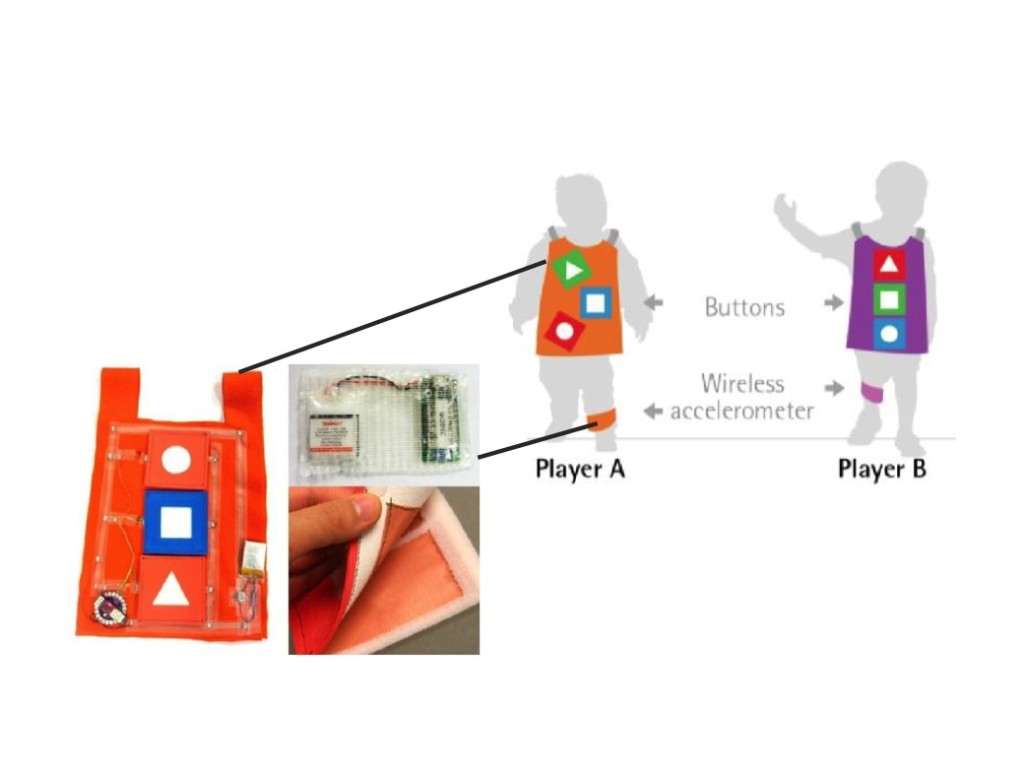When the latent needs are un-addressed, collaboration can be easily turned into a non-collaborative activity while the participants are unaware of why. In this study, we introduced a need-driven approach to the design of collaborative work rooted in childhood interaction. A qualitative research study to identify people’s unmet needs was carried out prior to the design and prototyping. The need-finding strategy offers a different dynamic platform for new design. Explicit needs tend to be obvious to the users, while latent needs may be very non-obvious and very difficult to uncover by the users.

We particularly focused on children aged 6-8. Explicit needs as well as latent needs were identified from our need-finding study. Here the latent needs particularly refer to the factors that we discovered which contribute to the break-down of collaboration while participants are unaware of why. This finding led to a design guideline focusing on children’s collaborative interactions. Based on the design guidelines, we developed a toolkit that attempts to enhance children’s collaborative experiences. This paper first describes the need-identification study. Based on the need-driven approach, the paper proposes a guideline for designs in childhood collaboration. Finally, the paper illustrates the system and the design of the toolkit that attempts to address the explicit as well as the latent needs.

